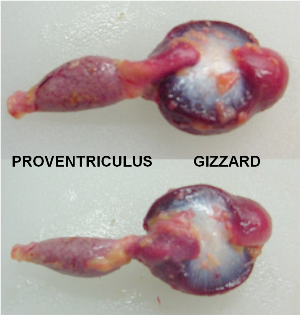I'm very sorry for your loss. 
Agree with others, salpingitis, I've lost several to it. The digestive issues were most likely directly related. Once it's advanced the digestion often slows or stops and the crop does not empty. I lost one this week to it.

Agree with others, salpingitis, I've lost several to it. The digestive issues were most likely directly related. Once it's advanced the digestion often slows or stops and the crop does not empty. I lost one this week to it.


